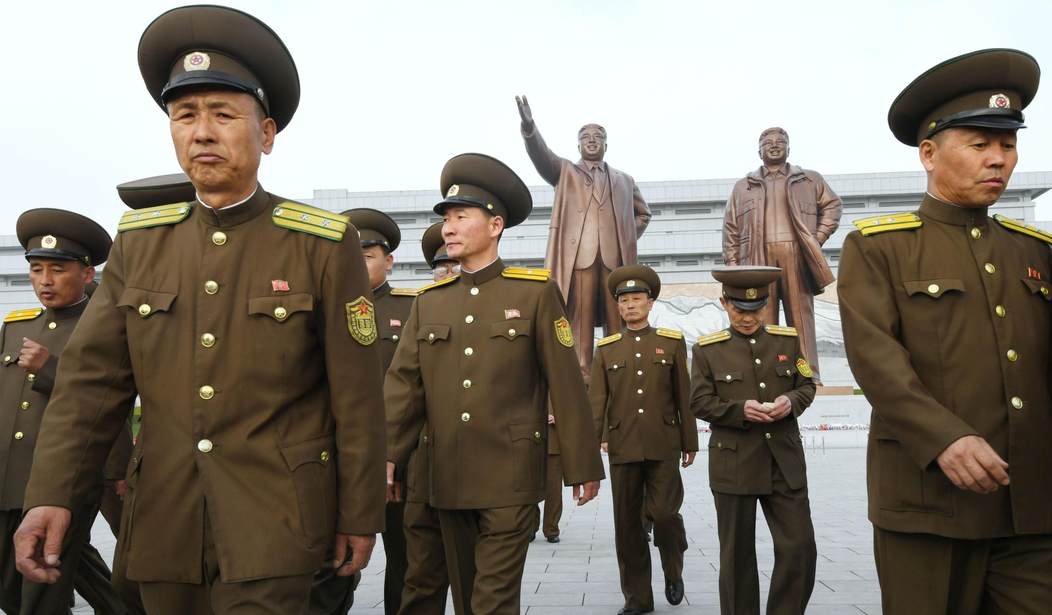Fifty-five years ago, the U.S. tested a nuclear weapon high above the atmosphere over the Pacific. At the time, my father — a nuclear weapons engineer — was listening on our ham radio.
When the device exploded, we heard nothing in Albuquerque. But, in Honolulu, 1000 miles from the detonation, the sky turned red as streetlights and telephones went out. EMP (Electromagnetic Pulse) effects from the distant nuclear explosion had struck.
Today we hear concern that cities might be destroyed by North Korean nuclear tipped missiles, but Starfish Prime should alert us to a more imminent danger: EMP. North Korea can launch an EMP attack before it has developed nuclear missile technology, and EMP may be far more deadly.
An EMP disaster from a high-altitude blast seems like science fiction: There is a silent flash high in the sky, and everything using electricity just … stops. Cars stop, power goes out, the Internet dies, satellites quit working, landline and mobile phone systems go out, and computers are destroyed. In a moment, we are back to 1850, as was dramatized in William Forstchen’s 2009 novel One Second After.
While the total wipeout depicted in One Second After is probably exaggerated, the effects could knock out our power grid for months, and destroy critical communications and computer systems. As former CIA chief James Woolsey recently said:
If you look at the electric grid and what it’s susceptible to, we would be moving into a world with no food delivery, no water purification, no banking, no telecommunications, no medicine. All of these things depend on electricity in one way or another.
In such a situation, there simply is no way to rule out the possibility that hundreds of millions could die.
To nuke one of our cities, the North needs to master ICBM construction, nuclear weapons miniaturization, precision long-range guidance technology, atmospheric re-entry vehicles, and fusing to trigger detonation at the right time after the hazardous re-entry. In contrast, an EMP attack requires only a small, light nuclear weapon and the ability to launch it as a satellite. Once over the U.S., it is detonated.
Already, two satellites launched by North Korea cross the U.S. every day.
Do they contain nuclear weapons? Probably not, but how can we know? Nuclear weapons don’t emit much radiation until they go off, so they are hard to detect. I used to fly in a nuclear bomber with the weapon station just a few feet from my station with no shielding — no need.
Meanwhile, North Korea continues striving to miniaturize its nukes — and may have already succeeded. They have released pictures of a miniaturized bomb, although that may just be propaganda.
Starfish Prime used a thermonuclear weapon, a “hydrogen bomb,” which was very powerful but which the North is still striving to build — a difficult task. But only a fission weapon or “atomic bomb” is needed for an EMP, and North Korea has tested several. The yield would probably need to be increased over their latest test, but getting there is only a matter of time. Fusion boosting the weapon to higher yield is not a difficult step. The North recently restarted its Yongbyon reactor, which can produce the necessary tritium.
The EMP danger isn’t only from North Korea. Iran has the capability to launch missiles from ships at sea — the EMP attack depicted in Forstchen’s novel.
We currently have little defense against this threat. Our land based anti-ballistic missile systems are oriented towards warheads coming across the North Pacific, while North Korea launches satellites to the south, which later cross the U.S. from the south or north. The anti-satellite ability of the Navy’s AEGIS ships is unclear — one satellite in a very low orbit has been intercepted, and ships need to be positioned within range of the orbit. Shooting a satellite down before it reaches orbit is another possibility, but AEGIS has a very limited window for such a “boost phase” intercept.
A decision to intercept would have to be quick – within a few seconds after launch for boost phase, or before the first partial orbit is completed for a satellite intercept. Complicating the decision process is the difficulty in knowing that the launch is of a nuclear device — and any intercept is an act of war. Even if we have the capability, the knowledge, the decision time, and the will, our missile defense system is nowhere near foolproof.
If our infrastructure were better protected, at least we might survive an attack with few deaths. One estimate says $20 billion might be enough protect the power grid — a drop in the bucket of national spending. Hardening communications and computing systems would also be needed.
A recent Electric Power Research Institute study reported that the damage from the delayed “E-3” pulse of EMP probably would not be crippling, although they cannot be sure. Moreover, the “E-1” pulse was not addressed, but it would take out the control systems, and might destroy power transformers from flashover. Other critical systems — such as the internet and parts of the transportation system — are very vulnerable to both.
Because a modern state has never suffered an EMP attack, our knowledge is limited.
An EMP strike would be suicidal for North Korea, but they may see it differently, or in some crisis, not care. In any case, the threat of an EMP strike would be a powerful deterrent.
James Woolsey and Newt Gingrich are right and it is time to listen: we need a national program to counter this threat. And we need to defang North Korea and Iran — soon.









Join the conversation as a VIP Member